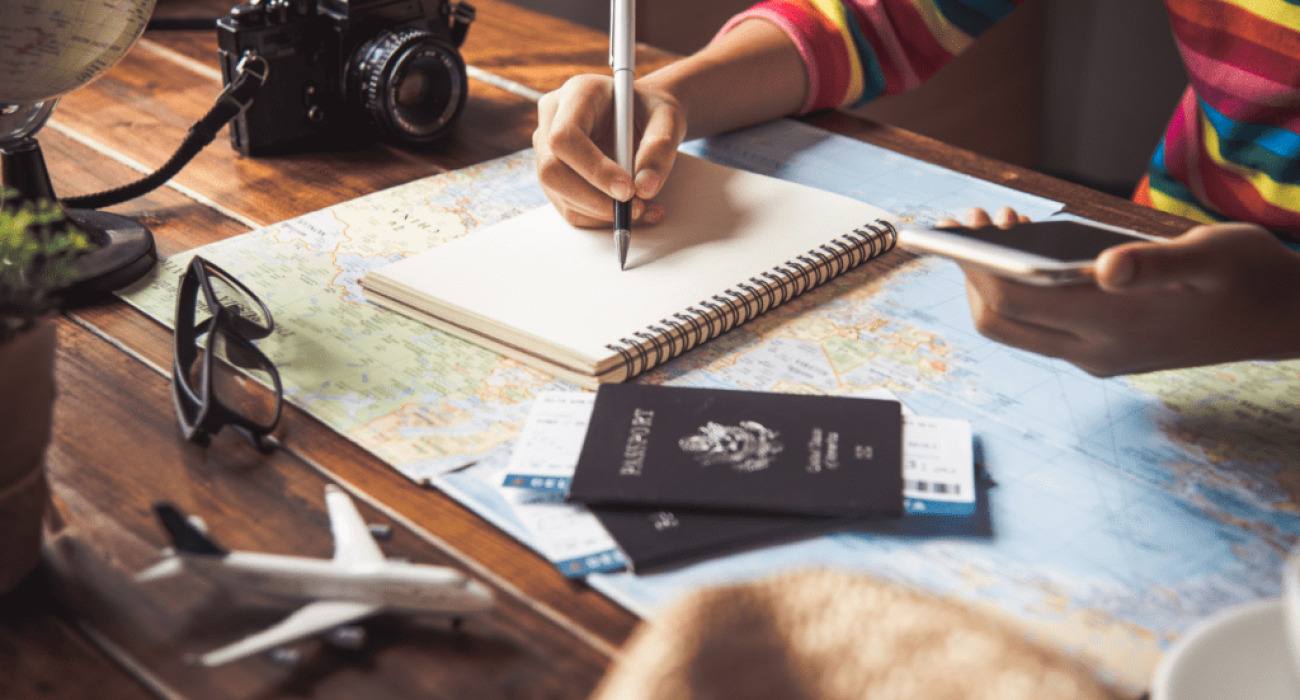When it comes to organizing your next getaway, there’s a decision nearly every adventurer faces: which of the two travel planning styles works best — planning every detail or embracing spontaneity?
This internal debate shapes not only your itinerary but also your entire travel experience. Some find joy in spreadsheets and booking confirmations; others thrive in last-minute decisions and open-ended journeys. Understanding the pros and cons of both travel planning styles will help you discover the approach that best suits your travel goals, personality, and even the places you visit.
The Structured Approach: Every Detail Mapped Out
The first of the two main travel planning styles is all about precision. For those who love lists, confirmations, and set schedules, planning in detail isn’t just practical — it’s part of the fun.
1. Maximize Time and Budget
Strategic planners often score better deals on flights, hotels, and activities by booking early. According to Expedia, advance booking can save hundreds of dollars. These savings and logistical clarity are a big draw for those who prefer the structured travel planning styles.

Planners can also group activities by location, reducing wasted time in transit and creating more time for sightseeing.
2. Minimize Travel Stress

For anxious travelers or those with tight schedules, knowing exactly where to be and when brings comfort. You don’t need to worry about missing out or scrambling for last-minute options. Tools like TripIt and Google Travel support this organized travel planning style by storing confirmations and schedules all in one app.
3. Check Off Your Bucket List

Do you dream of seeing the Taj Mahal at sunrise or eating sushi at a famous Tokyo counter? Certain experiences require reservations weeks or months in advance. With a well-researched plan, you’re more likely to make these moments happen — a reward for this particular travel planning style.
The Free-Spirit Approach: Go With the Flow
The other side of travel planning styles caters to spontaneity and curiosity. For these travelers, an open agenda is not chaotic — it’s liberating.
1. Leave Room for Surprise
Serendipity is a hallmark of this flexible travel planning style. You might stumble into a festival you didn’t know existed or befriend a local who points you to a secluded beach. These magical moments rarely make it into pre-planned itineraries.

National Geographic celebrates this style for its ability to create authentic, unforgettable experiences that happen when you least expect them.
2. Adapt to the Unexpected
Weather changes, travel delays, or personal energy shifts can derail a rigid plan. But if you follow more spontaneous travel planning styles, you can pivot with ease. Want to stay an extra night in a charming coastal town? No problem. This flexibility is often valued by slow travelers and digital nomads.

3. Enjoy the Journey, Not Just the Destination
Without a strict schedule, you’ll likely feel less pressure and more presence. Wandering through markets, chatting with strangers, or enjoying a lazy afternoon by the water becomes the highlight of the day. This travel planning style allows for a richer, more mindful connection to the moment.

How to Balance Both Travel Planning Styles
Truth be told, most travelers blend both travel planning styles in practice. Maybe you plan your accommodations and flights but leave your daily schedule loose. Or you book a few guided tours but explore neighborhoods at your own pace.

Here’s how to merge both travel planning styles:
-
Plan the essentials — flights, hotels, and top activities.
-
Leave open days for spontaneous exploration or rest.
-
Use flexible booking platforms like Booking.com or Airbnb with free cancellation options.
-
Talk to locals for real-time tips that a guidebook won’t mention.
Blending travel planning styles gives you the best of both worlds: structure where it matters, and freedom where it counts.

Which Travel Planning Style Is Right for You?
Are you energized by itinerary spreadsheets? Or does the idea of waking up and deciding your day on the fly sound more appealing? Choosing between travel planning styles often depends on your personality, travel companions, and destination.
Ask yourself:
-
Do you get stressed without a plan? If yes, lean toward the structured style.
-
Do you enjoy surprises and adapting as you go? The spontaneous style might suit you better.
-
Traveling with a group or family? Structure usually works best.
-
Traveling solo or long-term? Flexibility could lead to more enriching experiences.
Final Thoughts
As global travel becomes more customizable and connected, there’s never been a better time to define your personal travel planning style. Whether you book months in advance or pack a bag and head to the airport on a whim, your approach sets the tone for your journey.
Ultimately, travel planning styles aren’t about right or wrong — they’re about crafting experiences that feel fulfilling to you. Don’t be afraid to try a little of both and evolve your method as you go. With some reflection and the right balance, every trip can become a story worth telling.
Want More Insights?
Check out these helpful links:
